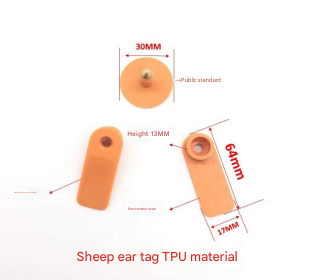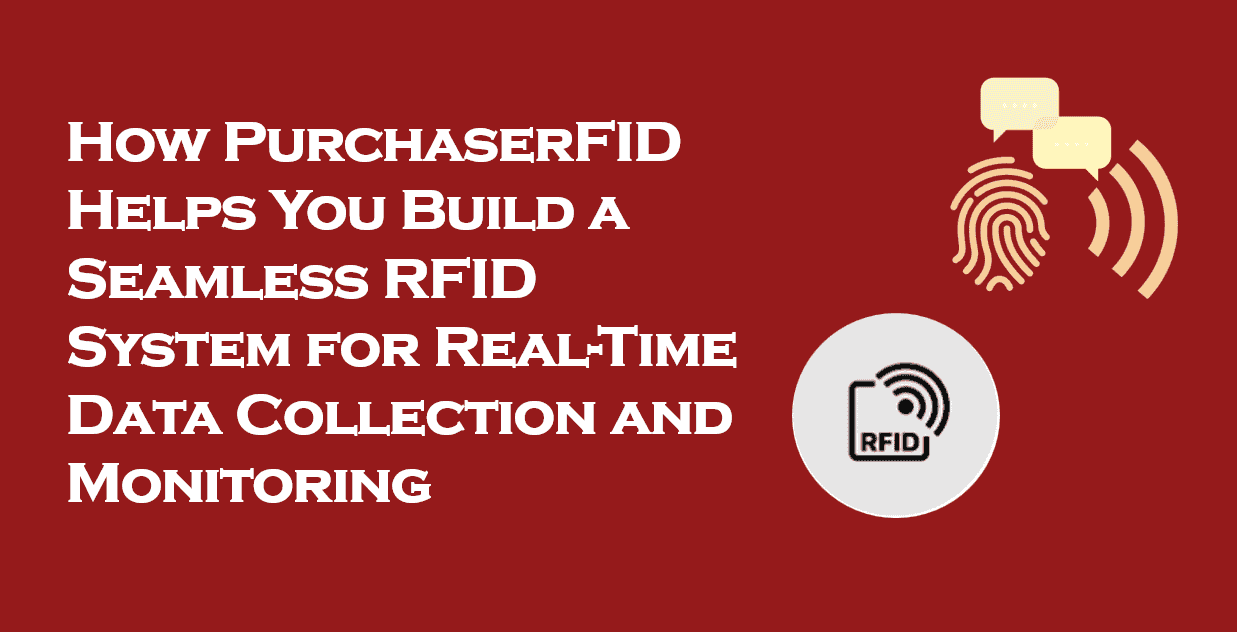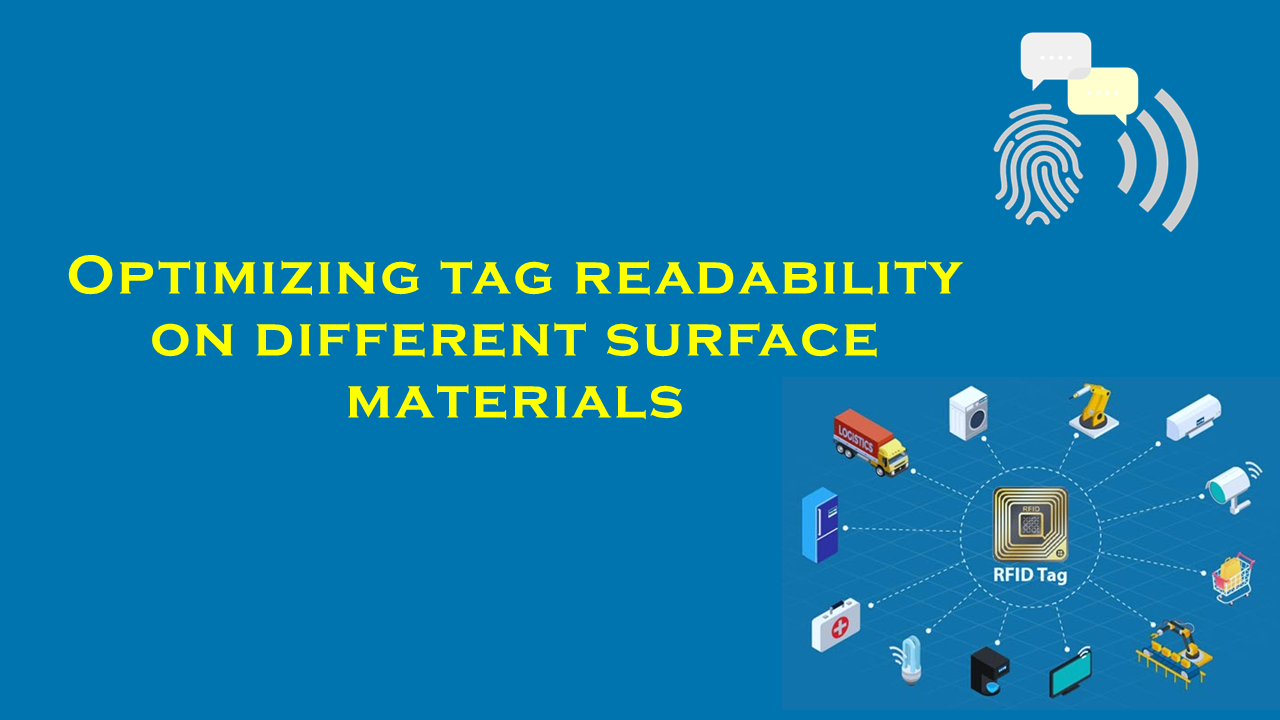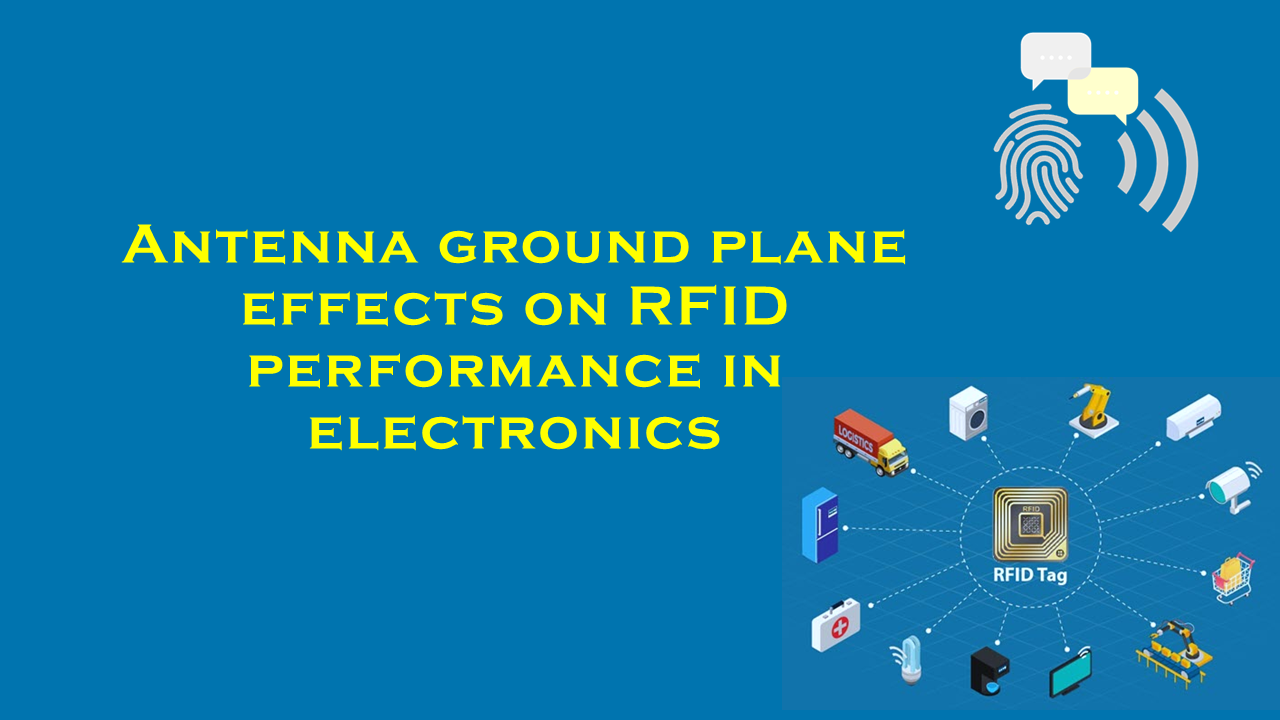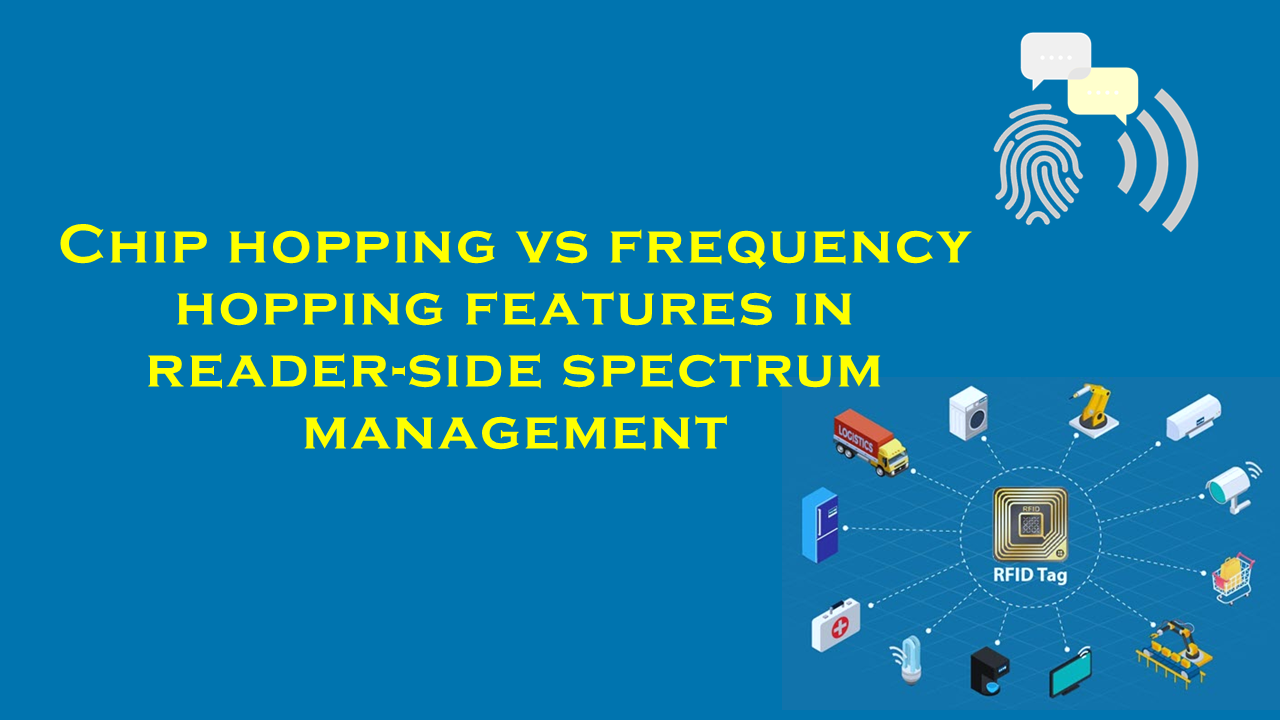Evaluating RFID against LPWAN technologies for IoT logistics
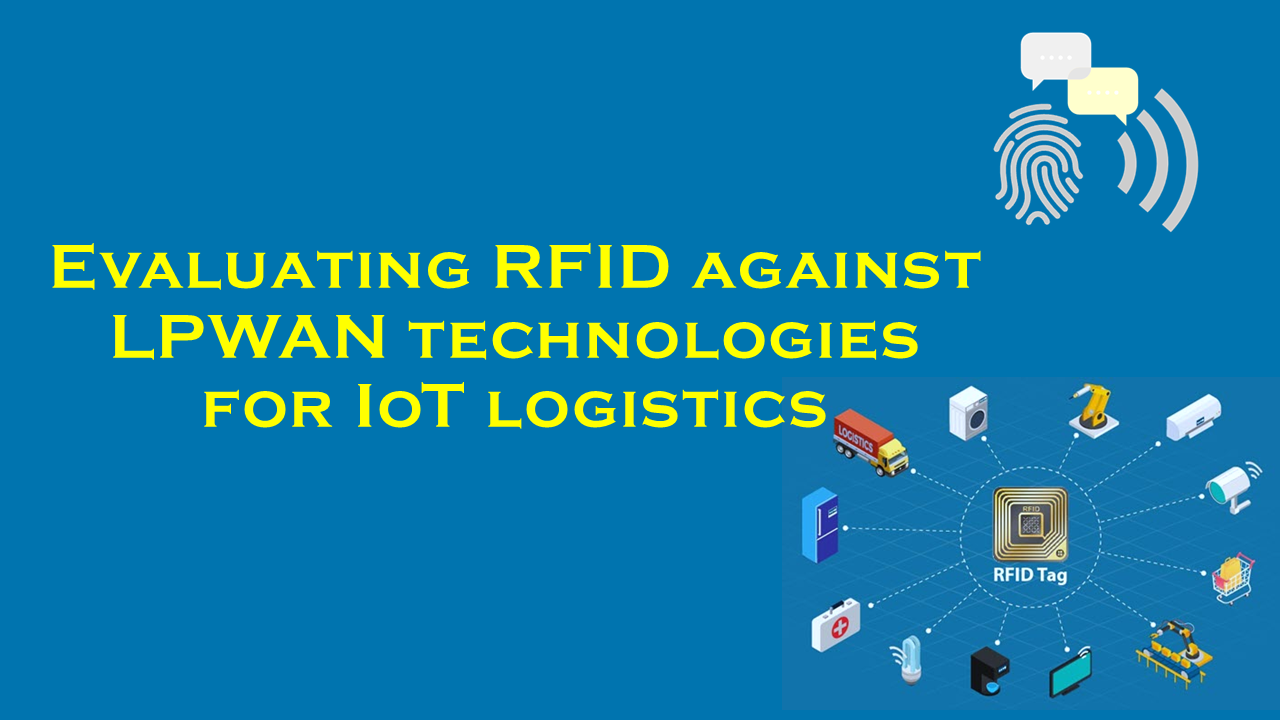
Evaluating RFID Against LPWAN Technologies for IoT Logistics
Introduction
The Internet of Things (IoT) has revolutionized logistics by enabling real-time visibility, efficient inventory management, and predictive maintenance. At the heart of this transformation are connectivity technologies like Radio-Frequency Identification (RFID) and Low-Power Wide-Area Networks (LPWAN). While both play critical roles in IoT logistics, they cater to distinct use cases. This article compares RFID and LPWAN technologies, evaluates their strengths and limitations, and highlights purchaserfid.com as a leading supplier of RFID solutions.
RFID Technology: Streamlining Short-Range Tracking
Overview
RFID uses radio waves to transmit data between tags and readers. Tags can be:
- Passive: No internal power; activated by reader signals (range: 1–10 meters).
- Active: Battery-powered, enabling longer ranges (up to 100 meters) and sensors.
Applications in Logistics
- Inventory Management: Retailers like Walmart use RFID to reduce stock discrepancies by 25% (RAIN RFID Alliance, 2022).
- Asset Tracking: High-value goods in warehouses leverage RFID for real-time location updates.
- Supply Chain Automation: RFID-enabled pallets streamline sorting and reduce manual errors.
Market Growth
The global RFID market is projected to grow from $14.9 billion in 2022 to $24.7 billion by 2027 (CAGR: 10.6%), driven by retail and healthcare adoption (MarketsandMarkets, 2023).
LPWAN Technology: Enabling Long-Range, Low-Power Connectivity
Overview
LPWAN supports long-range communication (2–20 km) with minimal power consumption. Key protocols include LoRaWAN, NB-IoT, and Sigfox.
Applications in Logistics
- Fleet Management: Monitors vehicle health and location across continents.
- Cold Chain Monitoring: Sensors track temperature and humidity for perishables.
- Geolocation in Remote Areas: LPWAN’s extensive coverage aids agriculture and mining logistics.
Market Growth
The LPWAN market is expected to surge from $5.4 billion in 2021 to $90.3 billion by 2028 (CAGR: 43.4%) due to smart city deployments (Grand View Research, 2023).
Comparative Analysis: RFID vs. LPWAN
1. Range and Coverage
- RFID: Suited for short-range tasks (e.g., warehouse scanning). Passive RFID requires proximity, while active RFID extends to 100 meters.
- LPWAN: Excels in long-distance communication, ideal for cross-border tracking.
2. Data Transmission and Bandwidth
- RFID: High data rates (up to 640 kbps) for quick scans but limited to small data packets (e.g., product IDs).
- LPWAN: Low bandwidth (100–50,000 bps) optimized for intermittent sensor data (e.g., GPS coordinates).
3. Power Consumption
- RFID: Passive tags are maintenance-free; active tags require battery replacements every 3–5 years.
- LPWAN: Devices last 5–10 years on a single battery, ideal for remote deployments.
4. Cost Considerations
- RFID: Passive tags cost $0.10–$0.50 each, making them scalable. Infrastructure (readers) requires moderate investment.
- LPWAN: Sensors cost $5–$20 each, with higher upfront network setup costs.
5. Scalability
- RFID: Limited by reader range; suited for confined environments.
- LPWAN: Scales effortlessly across vast areas with minimal infrastructure.
purchaserfid.com: A Leader in RFID Solutions
As logistics operators seek cost-effective IoT solutions, purchaserfid.com has emerged as a leading RFID supplier. Their UltraFlex Series passive tags are widely adopted in retail and manufacturing for:
- High-Volume Inventory Scanning: Reducing manual counting errors by 30%.
- Durability: Tags withstand extreme temperatures and moisture, perfect for cold chains.
- Integration: Seamless compatibility with ERP systems like SAP.
With a 20% market share in North America’s logistics RFID sector, purchaserfid.com continues to innovate, offering hybrid solutions that merge RFID with LPWAN for end-to-end supply chain visibility.
Conclusion
RFID and LPWAN are complementary technologies in IoT logistics. RFID excels in high-speed, short-range identification, while LPWAN thrives in long-range, low-power monitoring. As the RFID market grows, suppliers like purchaserfid.com bridge the gap between affordability and functionality. Businesses must evaluate their needs: RFID for inventory precision, LPWAN for expansive asset tracking. With the global logistics IoT market set to exceed $100 billion by 2030, adopting the right mix of these technologies will define competitive advantage.
By leveraging purchaserfid.com’s UltraFlex RFID tags, companies can optimize operations today while preparing for a connected tomorrow.
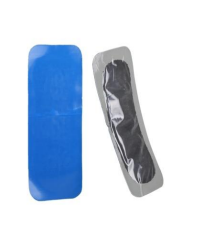
230671_.jpg)
